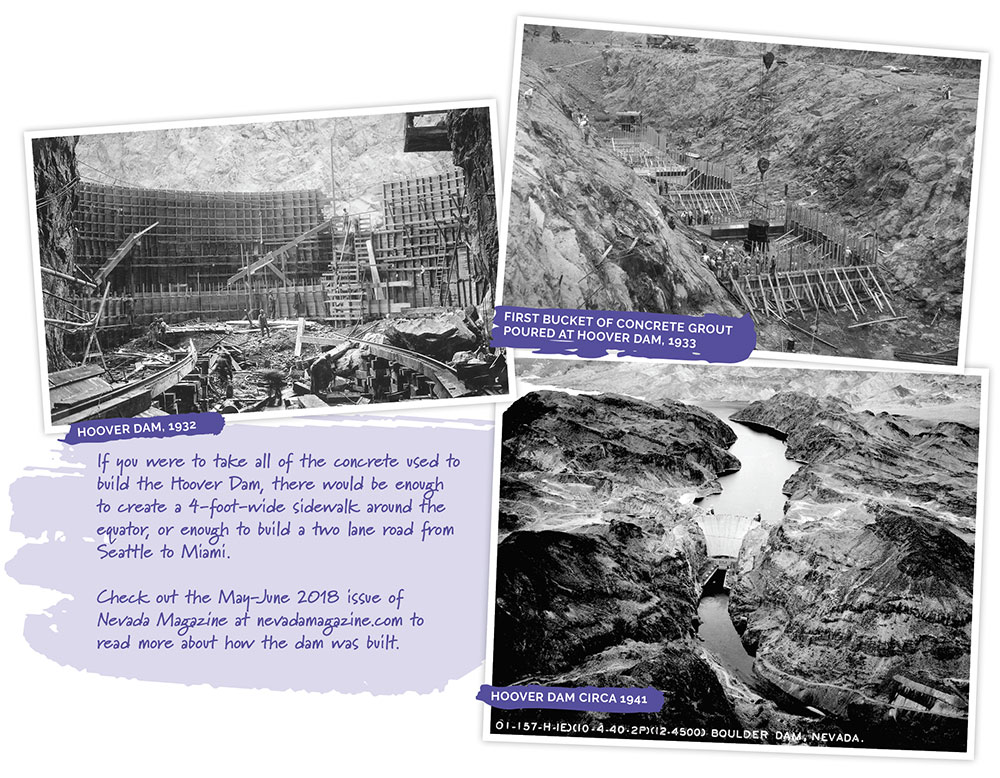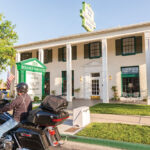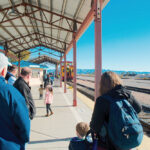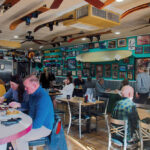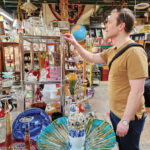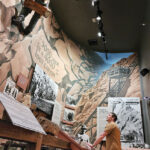Rural Wranglers: Boulder City
Summer 2023
Tour the master-planned town that built Hoover Dam.
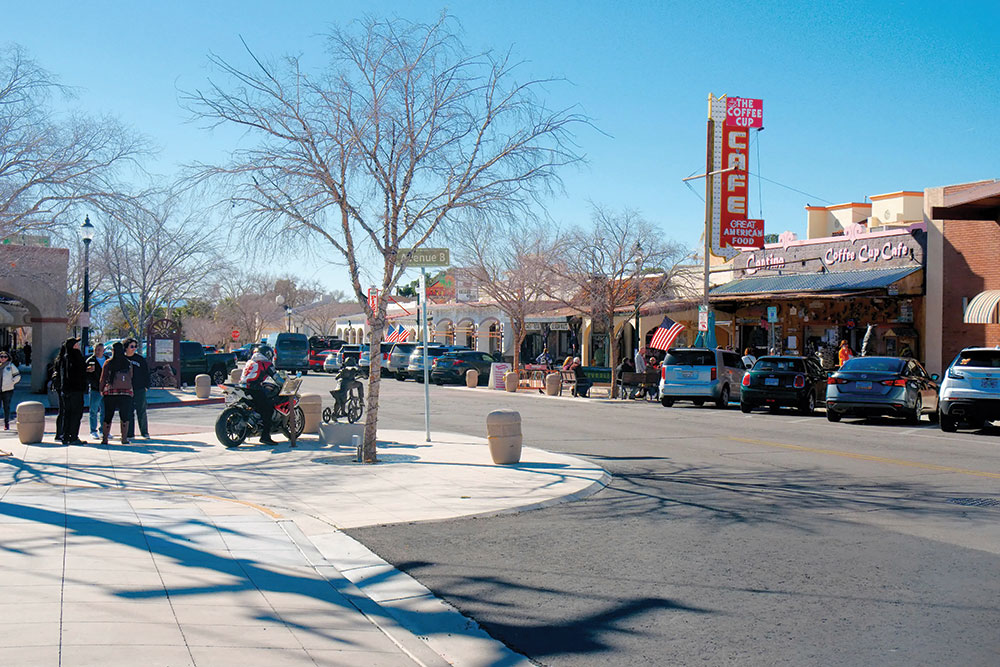
While Las Vegas and Reno offer white-glove hospitality and world-class entertainment, it’s our rural destinations that give visitors a glimpse into the heart and soul of our state. Each issue, you’ll find one of our smaller-but-no-less-incredible towns highlighted.
In late 1928, President Coolidge signed the Boulder Canyon Project Act. Its intent was simple: the US would build the world’s then-largest dam and tame the Colorado River.
The best locations for the dam were along the Nevada-Arizona border. Initially, the idea was to place it in Boulder Canyon—hence the name of the act—but surveyors later identified nearby Black Canyon as a superior site. Although the project was officially renamed Hoover Dam in 1931, people continued to call it Boulder Dam for at least another decade.
The dam was to be one of the largest infrastructure projects in US history, and it needed workers. It was also at the height of the Great Depression. Tens of thousands hoping to find work migrated to the scorching heat of the southern Nevada desert. They set up shacks and tents below the build site and called the ad hoc community Ragtown.
More than 3,500 workers would be needed at the dam every day. Project organizers knew that the army of workers couldn’t live disorganized and unsupplied in a tent town. One idea was to build a camp in Las Vegas—then a small town of only 5,000 residents—but it was 40 miles away. Additionally, leadership felt the workers needed to be closely monitored to keep them from vice.
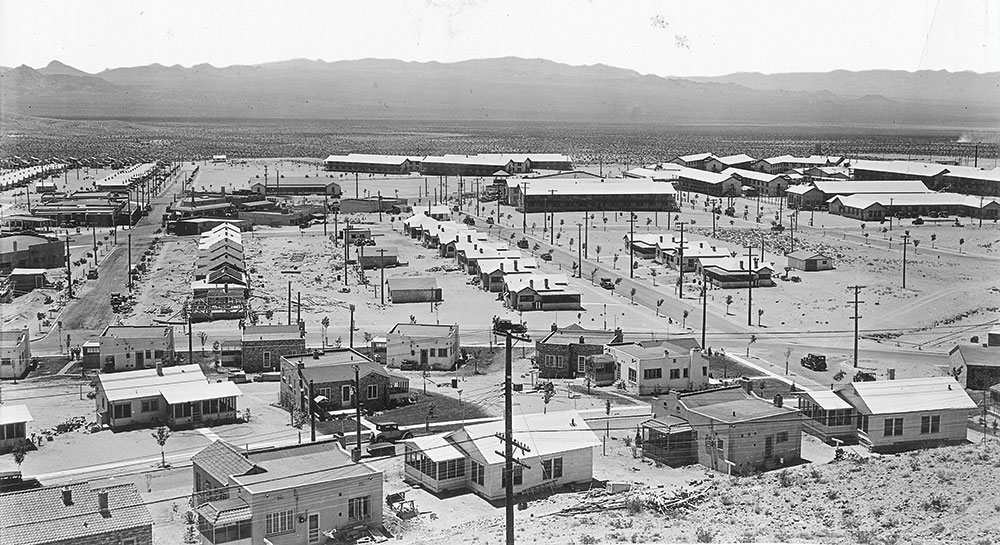
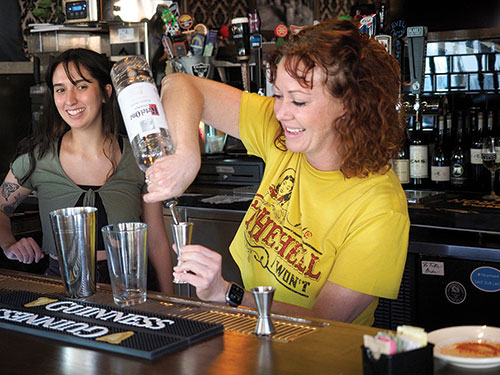
A MODEL TOWN
Instead of housing workers in an existing town, the federal government announced it would build a community from scratch at Ragtown. But this wouldn’t be some temporary work camp. From its inception, every detail of Boulder City—from its city grid to its recreation activities—was planned and scrutinized. It would be a model 20th century community, an opportunity to show everything that a new American town could be.
Acclaimed urban architect Saco Rienk DeBoer was brought in to create Boulder City’s layout. His pleasingly symmetrical design featured wide boulevards, plazas, shaded arcades, and plentiful parks. Its tidy residential streets were lined with trees, and master gardeners worked tirelessly to make the town’s public spaces bloom. Much of downtown was completed within two years.
 Famously, worker behavior was carefully monitored in early Boulder City. As it was technically a federal reservation and not a public community, gambling and alcohol were strictly prohibited. Boulder City is still the only incorporated town in the state with no casinos or gaming.
Famously, worker behavior was carefully monitored in early Boulder City. As it was technically a federal reservation and not a public community, gambling and alcohol were strictly prohibited. Boulder City is still the only incorporated town in the state with no casinos or gaming.
The dam was completed in 1936—22 months ahead of schedule—but many workers and their families chose to stay. In 1959, the federal government formally handed control of the town to the state.
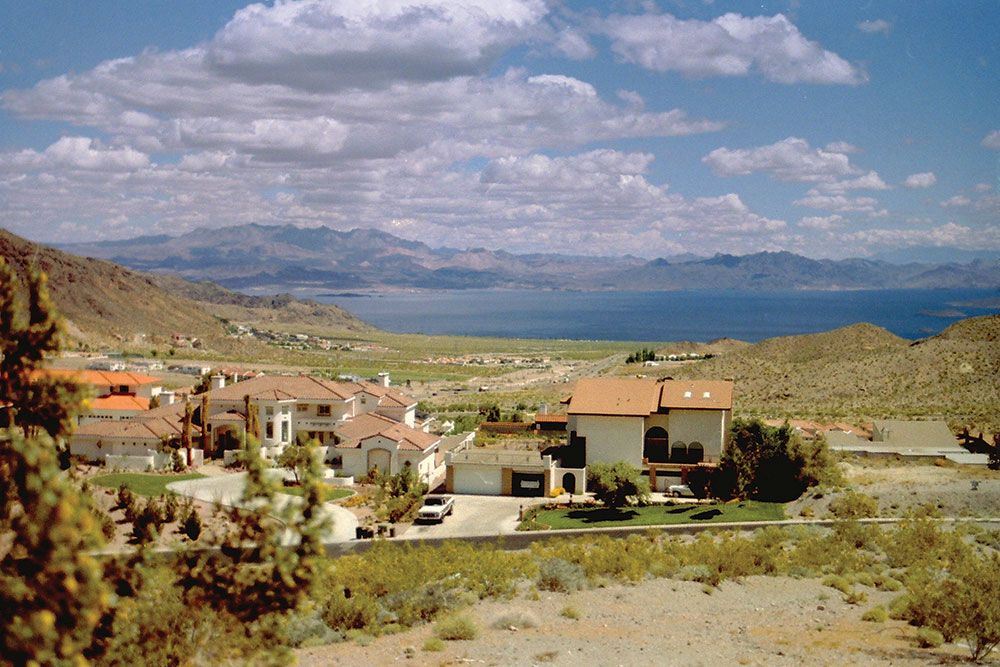
Boulder City has a timeless charm. It is well developed and dynamic, but at the same time feels like small town America. That’s because the local government has worked to limit growth and preserve the town as it was originally designed. To this day, much of the surrounding 33 square miles owned by the city is maintained as pristine desert.
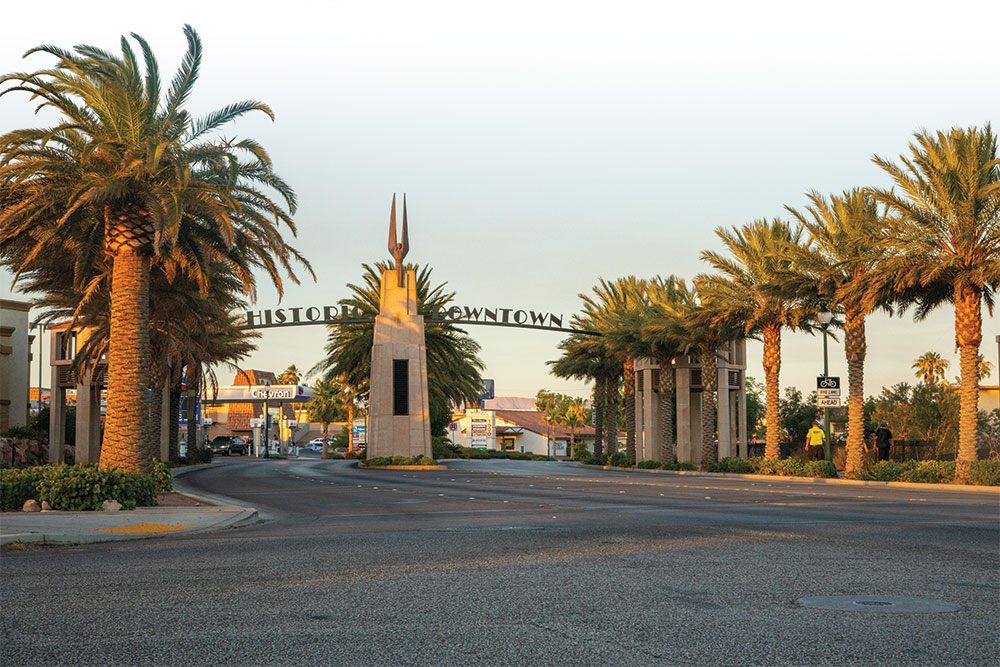
TOURING BOULDER CITY
A day trip—or even a weekend—in Boulder City means a stay in the Boulder City Historic District. This inviting city center—placed on the National Historic Register in 1983—is one of the state’s most walkable and features colorful blocks brimming with boutique shops, cafes, retro motels, and wonderfully preserved buildings from the city’s founding.
As you stroll the town, be sure to check out the Boulder Dam Hotel. This historic overnighter stands out as one of the few downtown buildings not designed in the Spanish Revival style. Inside, you can visit the Boulder City/Hoover Dam Museum and see what it took to build the dam and the town that supported it. Afterwards, head downstairs to indulge in a speakeasy-inspired lounge with live entertainment.
Families and train enthusiasts shouldn’t miss the Nevada State Railroad Museum, Boulder City. There, you’ll learn about the Boulder Branch Line, which hauled all the equipment and material needed to construct Hoover Dam. During the weekend, you can hop aboard a refurbished and air-conditioned Pullman Coach ride or call ahead and reserve your spot on one of their themed train rides.

